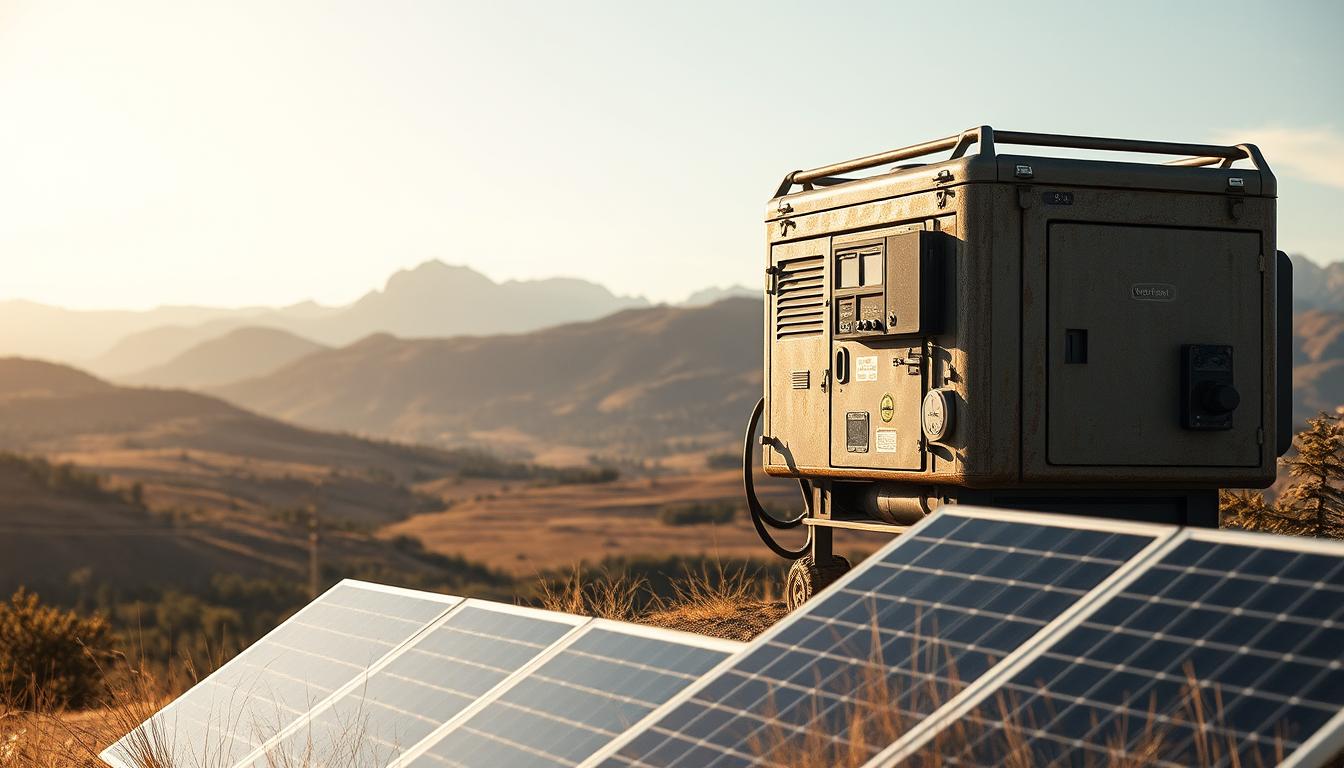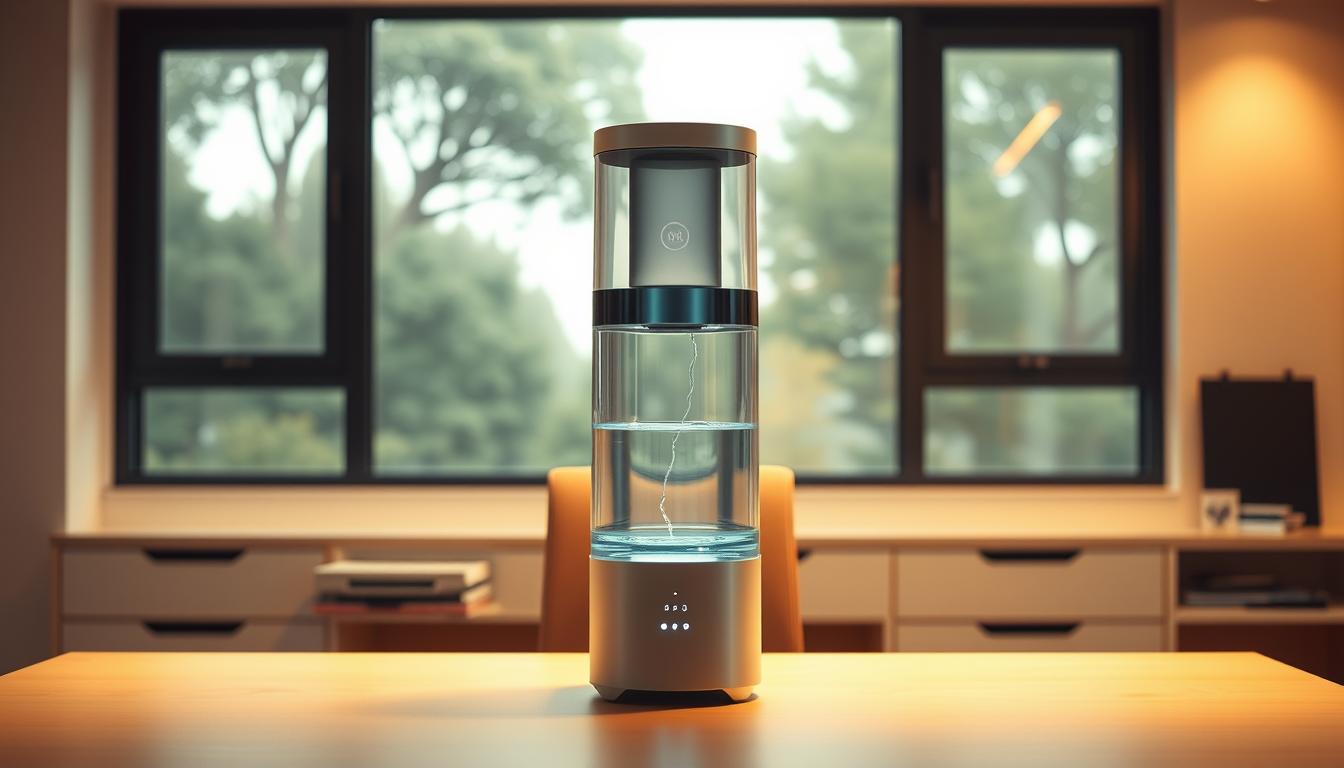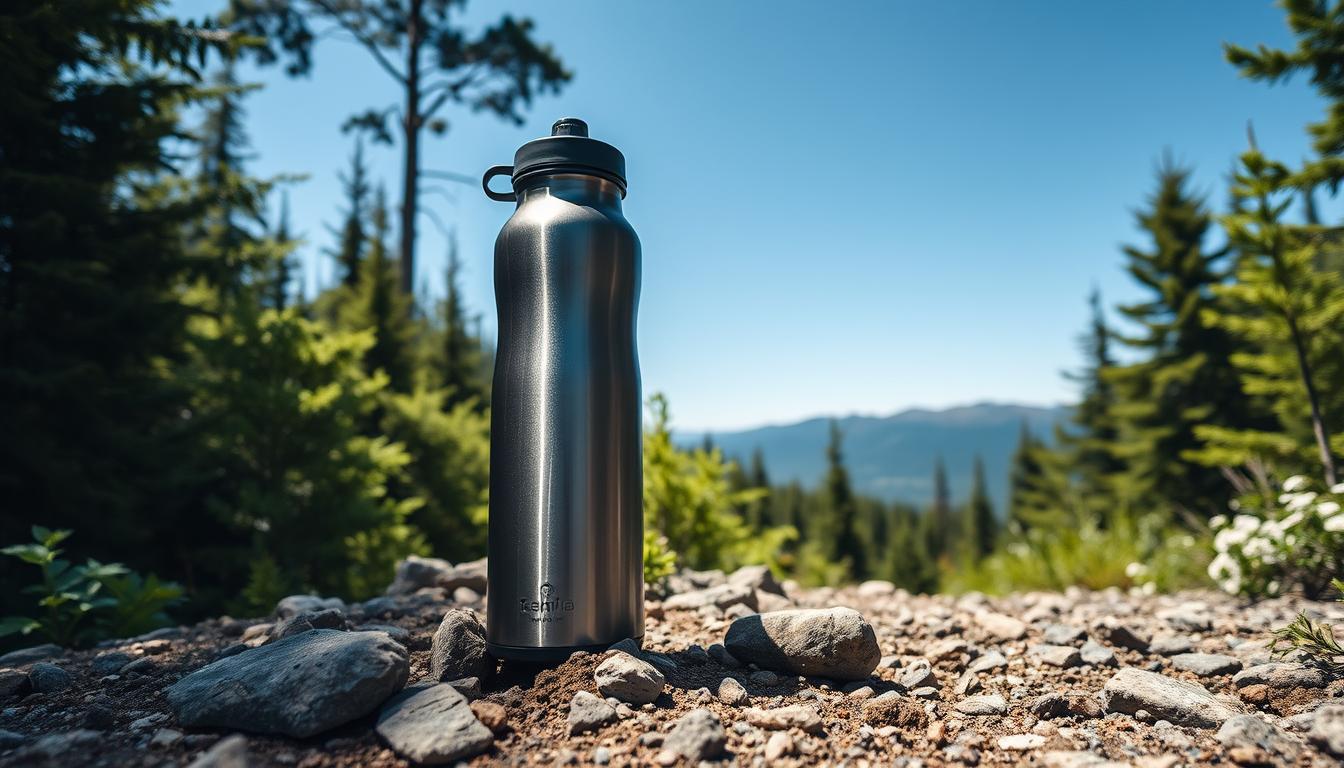Do you ever find yourself wondering if there’s anything you could do to remove hard stains from your cooler?
Well, wonder no longer!
Here are 6 ways to get rid of hard stains from a Yeti cooler.
If you want to learn how to clean a Yeti cooler, then read this article.
Here are six easy ways to remove hard stains from a Yetis cooler.
First: Make Sure You Wash Well With Soapy Water To Remove Easy Dirt
If you have hard stains on your cooler, you need to wash it well with soap and warm water. This will help remove any dirt from the surface of the cooler. After washing, dry the cooler thoroughly using a towel. Second: Use A Soft Sponge For Removing Hard Stains Answer: Use a soft sponge to clean the stain. It will be easier to get rid of the stain if you use a soft sponge.
1. Vinegar and Bicarb Soda
Mix equal parts vinegar and bicarb soda baking soda in a bowl. Dip the sponge into the mixture and rub the area where the stain is located. Let sit for about 10 minutes. Then rinse off with cold water. Repeat until the stain disappears. 2. Lemon Juice Answer: Mix 1/4 cup lemon juice with 2 tablespoons dishwashing liquid in a bowl. Rub the area where the stain appears. Let sit for about 15 minutes, then rinse off with cold water and repeat until the stain disappears. Do not use lemon juice on stainless steel surfaces.
2. Use a Magic Eraser
Use a Magic Eraser to remove stains from stainless steel. It works well on grease, ink, crayon, pencil marks, and other common household stains. Simply wipe away the stain with a damp cloth. 3. Dishwasher Detergent Answer: Add a capful of dishwasher detergent to a sink full of warm water. Soak a clean white towel in the solution and wring it out. Place the stained item in the center of the towel and let soak for 30 minutes. Remove the item and gently pat dry.
3. Purple Power
Purple power is a product that removes ink from clothing. It comes in a spray bottle and can be used on any fabric. Spray onto the stain and rub until it disappears. 4. Goo Gone Answer: Goo gone is a non-toxic cleaner that dissolves grease, grime, and even blood stains. Apply directly to the spot and wait 10 minutes. Then scrub off with a wet sponge.
4. High Pressure Spray
High pressure spray is a cleaning solution that uses high pressure to remove dirt and dust from surfaces. This includes removing fingerprints from glass windows, removing grease from ovens, and removing rust from metal surfaces. 5. Scotchgard Fabric Protector Answer: Scotchgard Fabric protector is a stain remover that works on most fabrics. It protects against stains caused by coffee, tea, wine, soda, and other beverages. It is safe to use around children and pets.
5. Deep Green Stain Remover
Deep green stain remover is a non-bleach based cleaner that removes tough stains such as ink, blood, grass, mud, paint, and even grease. It is safe to clean leather furniture and carpets. 6. Duct Tape Duct tape is used to repair items that break or get damaged. It is strong and durable and can be used to fix almost anything.
6. Bleach
Bleach is a chemical compound that kills germs and bacteria. It is very effective against many types of bacteria, viruses, fungi, algae, and other microorganisms. It is used to disinfect surfaces, kill germs, remove odors, and purify water. It is available in liquid form and powder form. 7. Baking Soda Baking soda is a natural product that is found in nature. It is a white granular substance that is odorless and tasteless. It is used to absorb moisture from the air and help neutralize odors. It is also used to soften hard water.
Get Your Cooler Looking Brand New
A cooler is a great way to store beverages and food items. However, if you have had your cooler for a while, it may start looking old and worn out. This is why you need to get your cooler looking new again. Here are some tips to help you do this. 1. Cleaning Clean your cooler thoroughly. Make sure that you clean the insides of the cooler and the outside of the cooler. Use soap and warm water to wash the insides of the refrigerator. Then rinse it well. Dry the insides of the fridge using paper towels. Do not use any cleaning products because these chemicals could damage the insulation.
What is the best stain remover for rust?
If you have a cooler that has been stained with milk or juice, you can clean it easily using a mixture of baking soda and vinegar. Mix equal parts of each and pour into the cooler. Let sit overnight and wipe away any remaining residue.
Why does my Yeti have rust spots?
If you have a stain on your refrigerator, it is important to remove it immediately. This will prevent the stain from spreading and ruining other parts of your refrigerator. To remove the stain, follow these steps: 1 Use a sponge soaked in warm water and dish soap to gently scrub the area where the stain is located. 2 Rinse the area thoroughly using cold water. 3 Dry the area well with paper towels. 4 Apply a non-stick surface cleaner to the area and let sit for about 5 minutes. 5 Wipe away any residue left behind with a damp cloth. 6 Let dry completely before placing back into your refrigerator. 7 Make sure to wipe down the shelves and door handle after cleaning. 8 Cleaning a refrigerator is not difficult if you take the time to do it right.
Can rust stains be removed from plastic?
Coolers are great for keeping drinks cold but they can also become stained if not cleaned properly. To clean a cooler, simply wipe down the outside with a damp cloth and let dry. Then, spray the inside with a cleaner such as 409 or Simple Green. Let sit for about 10 minutes and then wipe off any remaining residue.
How do you remove rust from a Yeti cooler?
If you have a Yeti cooler, you know how important it is to maintain it properly. It is not only about keeping the ice cold drinks cool but also maintaining the quality of the product. However, if you notice any signs of rusting, you need to take action immediately. Rusting occurs when moisture gets trapped between two layers of metal. This creates a weak spot where corrosion can occur. Once this happens, the rust will spread quickly. To prevent this, you need to clean the surface thoroughly. Use a soft brush to get rid of dirt and dust. Then, apply a thin layer of wax to protect the surface. Finally, wipe off any excess wax using a dry cloth.
How do you get stains out of a cooler?
Rust stains are caused by iron oxide deposits that form on the surface of metal objects. These stains are usually difficult to remove because they are very hard to penetrate. Rust stains can be removed using different methods such as sanding, polishing, and buffing. Sanding removes the outer layer of the stain and polishing smoothes the surface of the object. Buffing is done by rubbing the surface of the object with a soft cloth dipped in a special solution. This process helps to remove the rust stains.
[su_youtube_advanced url = "https://www.youtube.com/watch?v=S0PzvVBkJgI" controls = "no" rel = "no" fs = "no" modestbranding = "yes"]
How do you clean a stained cooler?
Yeti coolers are designed to withstand extreme temperatures. However, if you live in areas where the weather gets cold, you may notice rust spots appearing on your cooler. This is because the metal parts of the cooler get cold and the moisture from the air freezes onto the metal. Once the ice melts, it leaves behind salt crystals that attract moisture from the air. These salts eventually turn into rust. To prevent rusting, clean the surface of the cooler regularly. Use a soft cloth dipped in warm water to wipe off any dirt or dust. Also, make sure you store your Yeti cooler in a dry place. Do not leave it outside in direct sunlight.
How do you get yellow stains out of a cooler?
Rust stains are caused by iron oxide deposits from oxidation of metal surfaces. Rust stains are usually removed using a mixture of baking soda and vinegar. Baking soda neutralizes the acidity of the vinegar, while the vinegar removes the iron oxide. This method works well if the surface is not porous, such as stainless steel or glass. However, if the surface is porous, such as cast iron, aluminum, or plastic, the baking soda and vinegar mixture will dissolve the surface instead of removing the rust. In these cases, a solution of ammonia and hydrogen peroxide 3 parts ammonia to 1 part hydrogen peroxide is recommended. Ammonia dissolves the iron oxide, while the hydrogen peroxide removes any remaining residue.











